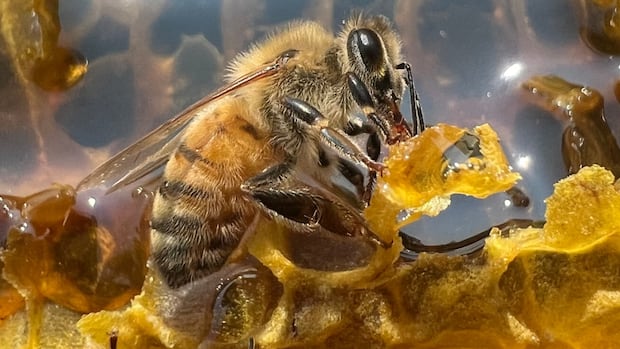Otter not surf with them: Sea otter clambers onto board with surfer prompting warning
A remarkable incident off the coast of Vancouver Island has sparked warnings from Fisheries and Oceans Canada after a sea otter was spotted climbing onto a surfboard and following surfers at Whiffin Spit in Sooke, B.C. The playful otter joined a group of three surfers on Saturday, riding the swells, clambering onto a surfboard, and swimming alongside the group despite their attempts to paddle away.
Paul Cottrell, from Fisheries and Oceans Canada’s Marine Mammal Response team, emphasized the importance of avoiding close interactions with wild sea otters. These animals can behave unpredictably, carry diseases, and may become aggressive if they feel threatened. It is a legal requirement to report any accidental interactions with wild sea mammals to ensure the safety of both humans and animals.
Photographer Doug Clement captured the otter’s antics as it lingered around the surfers for over an hour before eventually leaving. The surfers tried to keep their distance, but the curious otter persistently followed them, floating on its back and staring at them from just a few feet away. This unusual behavior is not unheard of, as a similar incident occurred in California where a sea otter became infamous for chasing surfers and hijacking their boards.
Fisheries and Oceans Canada will continue to monitor the situation in Sooke and may consider relocating the otter if negative interactions persist. Cottrell noted that this behavior is uncommon for sea otters and speculated that the otter may be seeking refuge on the surfboards to escape predators like sea lions.
In a separate incident on Vancouver Island, a sea lion ventured onto Highway 4 from Kennedy Lake, causing a disruption in traffic. Authorities, including police and a Parks Canada warden, successfully herded the sea lion back to the lake to prevent any injuries. Cottrell commended the swift action taken to ensure the safety of both the sea lion and motorists.
These encounters serve as a reminder of the importance of respecting wildlife and maintaining a safe distance from wild animals in their natural habitat. By following guidelines and reporting any unusual interactions, we can protect both humans and marine mammals alike.




